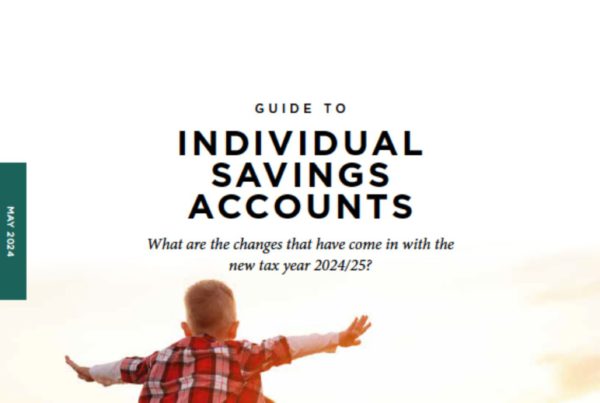Welcome to our blog on how to how to maximise pension savings
As we step into the new tax year, page 08 of our guide delves into the importance of reassessing your pension savings strategy. This is a crucial step to ensure that you’re on track to meet your retirement goals.
For example, if you’ve experienced changes in your income, expenses, or employment status over the past year, it may be necessary to adjust your pension contributions accordingly. Additionally, with the annual allowance for pension contributions subject to change each tax year, reviewing your strategy now can help you maximise tax efficiency and take advantage of any available allowances or tax relief.
Individual Savings Accounts (ISAs) are highlighted as a key tool for saving towards the future. With the onset of the new financial year, there have been notable changes to ISAs. For instance, the introduction of the “Flexible ISA” concept allows individuals to withdraw funds from their ISA and replace them within the same tax year without affecting their annual ISA allowance.
For the first time, individuals can also open multiple accounts of the same type of ISA within a single tax year, from 6 April one year to 5 April the next, provided they do not exceed the annual ISA limit. This marks a departure from previous rules, which annually restricted savers to one account per ISA type.
This added flexibility provides savers with greater control over their finances and enables them to adapt to changing circumstances without losing out on tax-free savings opportunities.
Turning to the financial implications of long-term care, page 05 of our guide emphasises the importance of crafting a comprehensive wealth strategy. This involves not only considering your own potential long-term care needs but also planning for the care of aging parents or other family members.
For example, setting up a trust fund or purchasing long-term care insurance can help protect your assets and ensure that you or your loved ones receive the necessary care without depleting your savings or estate.
Inheritance Tax (IHT) is a significant consideration for anyone looking to pass on assets to future generations. With the IHT threshold frozen until at least April 2028, it’s essential to understand how to manage your estate’s potential IHT liability. This may involve exploring tax-efficient gifting strategies, setting up trusts, or making use of other available allowances and exemptions.
By taking proactive steps to mitigate IHT, you can ensure that more of your wealth passes to your beneficiaries rather than being eroded by taxes.
Overall, our guide aims to provide you with the knowledge and tools necessary to navigate the complexities of estate planning and financial management in the new tax year. By staying informed and proactive, you can make the most of your financial resources and secure a brighter future for yourself and your loved ones.
Contents:
03 – BRITONS PROCRASTINATE ON MAKING A WILL
Research identifies that over half of adults do not have a Will
04 – PRUDENCE OF PERSEVERANCE IN INVESTING
Maintaining an investment stance centred on the potential for long-term growth
05 – COSTS OF LATER-LIFE CARE
Establishing a thorough wealth strategy is key to ensuring financial readiness
06 – CHANGES TO INDIVIDUAL SAVINGS ACCOUNTS IN 2024
Why savers and investors now have a more flexible approach
08 – ENHANCING PENSION CONTRIBUTIONS FOR A BRIGHTER FUTURE
New tax year, new you? Maximise your pension savings this new tax year
10 – NAVIGATING INHERITANCE TAX
How to pass on assets to the next generation to secure their future for tomorrow
11. – RISING TREND OF UNRETIREMENT
14% of those aged over 55 have found themselves re-entering the workforce
12 – LOOMING PENSION PITFALL
£50 billion of hard-earned pension funds could be in jeopardy
Read the full article here





